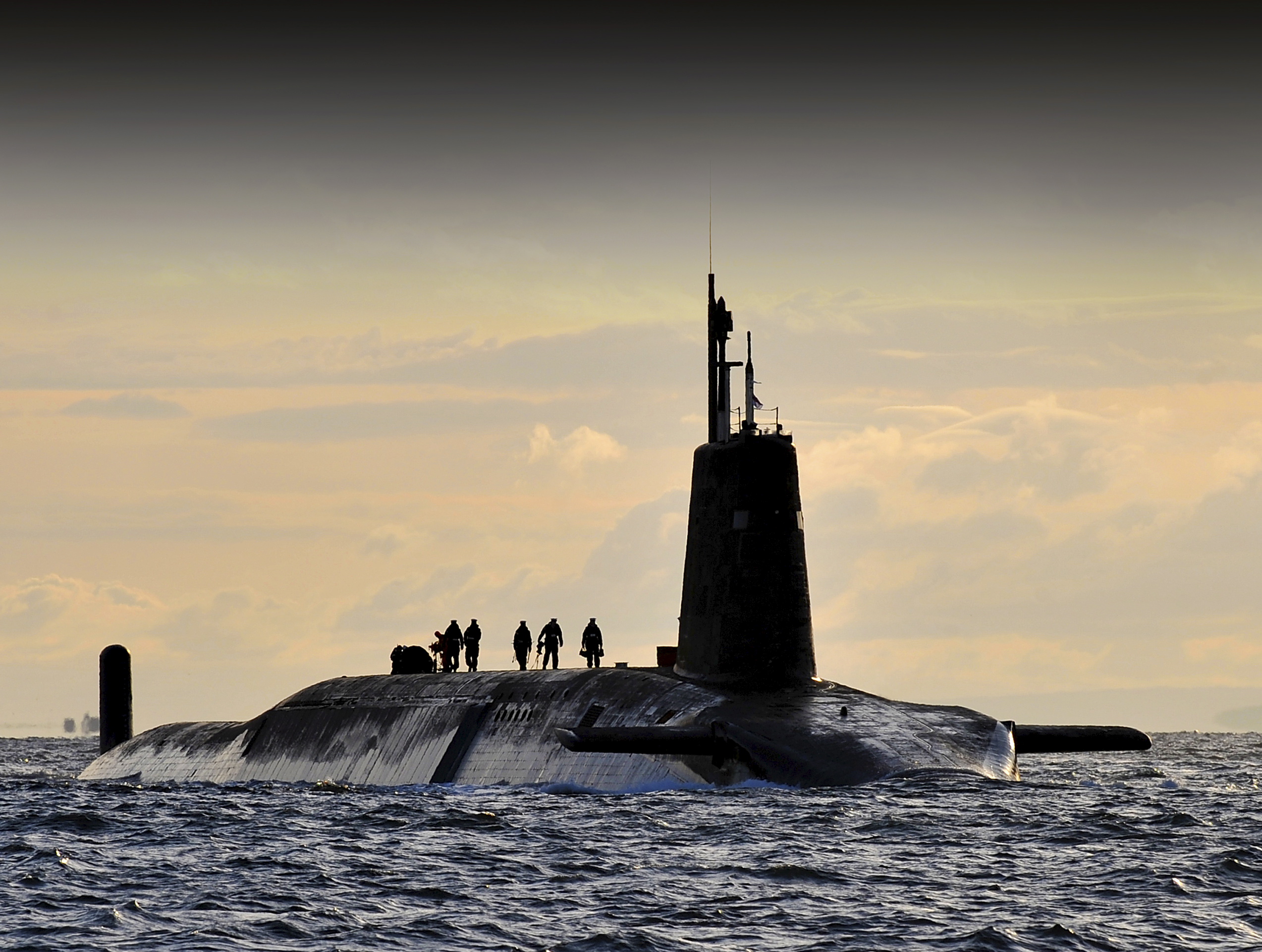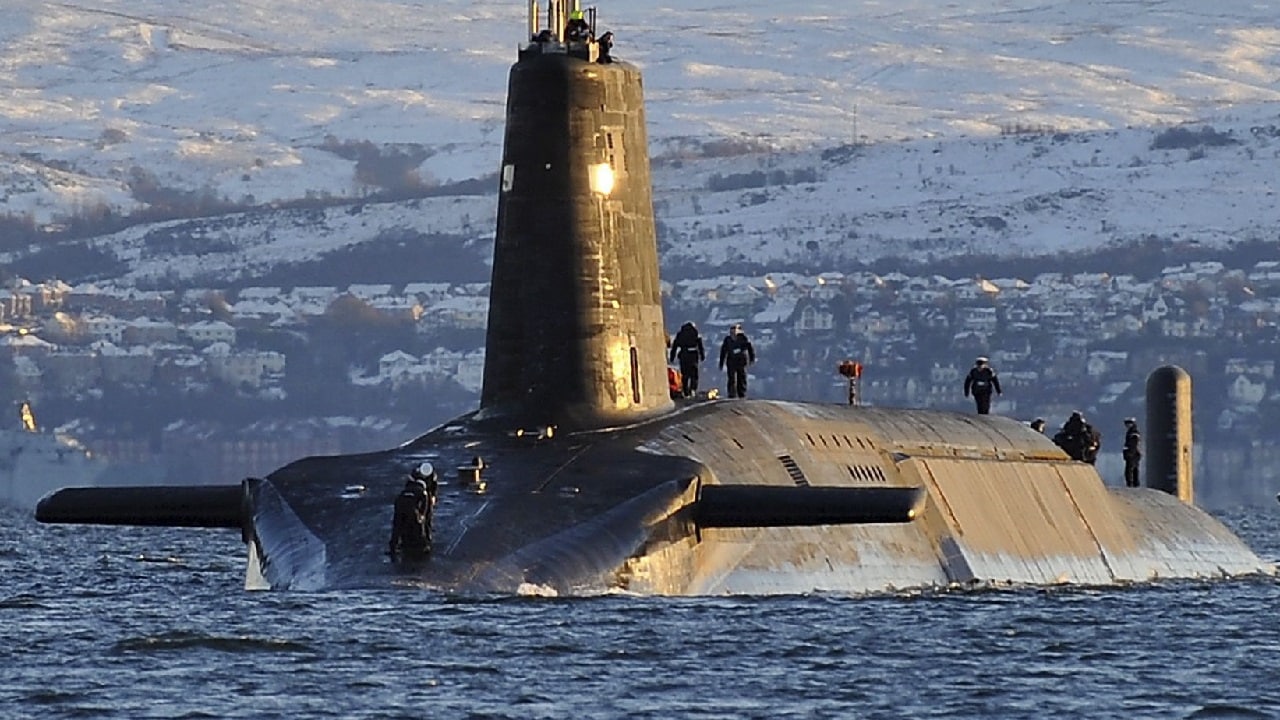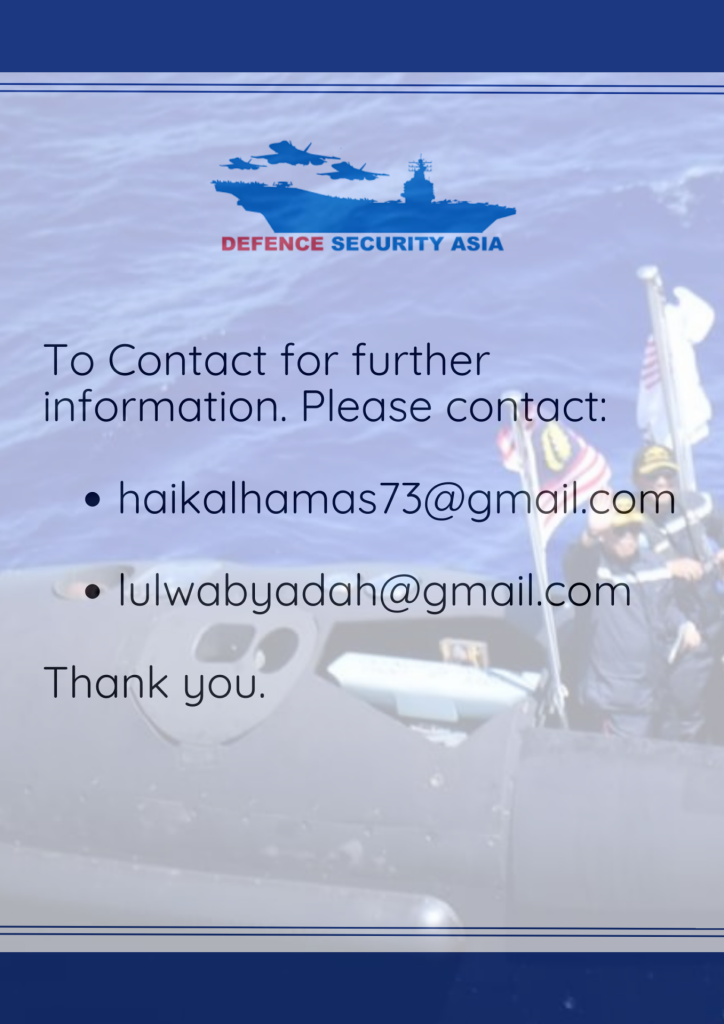Battle Beneath the Waves: Russian Spy Tech Targets Britain’s Nuclear Submarines
According to The Sunday Times, these espionage instruments are believed to have been tactically deployed by Russian operatives to monitor the stealthy patrols of the United Kingdom’s Vanguard-class ballistic missile submarines — the sea-based core of the UK’s nuclear deterrence doctrine known as Continuous At-Sea Deterrence (CASD).
(DEFENCE SECURITY ASIA) — In a discovery that underscores the intensifying undersea intelligence conflict between major powers, British military forces have recovered covert Russian surveillance devices hidden within UK territorial waters — a potential indication of Moscow’s growing appetite to penetrate Britain’s most sensitive nuclear deterrent capabilities.
The sensors, reportedly washed ashore at various coastal locations, were first recovered by British defence personnel, while additional devices were identified by Royal Navy assets operating in surveillance and patrol roles within the UK’s maritime zones.
According to The Sunday Times, these espionage instruments are believed to have been tactically deployed by Russian operatives to monitor the stealthy patrols of the United Kingdom’s Vanguard-class ballistic missile submarines — the sea-based core of the UK’s nuclear deterrence doctrine known as Continuous At-Sea Deterrence (CASD).
“There is no doubt — a war is taking place in the Atlantic,” a senior serving British military officer told The Sunday Times. “This is a game of cat and mouse that has persisted since the Cold War ended, and it’s now intensifying. We are seeing an extraordinary level of Russian activity.”
The British Ministry of Defence (MoD), in line with long-standing policy regarding national security incidents, has declined to release the full operational details of the sensor recoveries, citing the highly classified nature of such intelligence findings.
Yet, these Russian activities are far from isolated cases of passive surveillance, as British intelligence assessments point to a broader pattern of hybrid undersea operations spearheaded by the Russian Navy and its affiliated intelligence directorates.
Investigative reporting by The Sunday Times has further revealed the detection of unmanned Russian underwater vehicles (UUVs) in close proximity to deep-sea communication cables, the strategic arteries that transmit nearly all global internet and military communications data.

Adding to the growing concern, Western intelligence sources suspect that superyachts belonging to Kremlin-linked oligarchs have been discreetly repurposed as mobile reconnaissance platforms capable of deploying UUVs or sonar equipment during seemingly innocuous voyages through European waters.
The Royal Navy has reportedly located more Russian sensors embedded across the seabed, amplifying fears that Moscow is building an undersea ISR (Intelligence, Surveillance, Reconnaissance) network capable of shadowing the submerged movements of Britain’s nuclear-powered ballistic missile submarines in real time.
According to confidential Royal Navy assessments, one of the most significant threats to Western subsea security stems from Russia’s dual-use research vessel Yantar, which has been repeatedly linked to undersea surveillance operations under the guise of scientific exploration.
The Yantar is operated by GUGI — the Main Directorate of Deep-Sea Research — a secretive branch of the Russian Ministry of Defence tasked with deep-ocean military research, sabotage, and clandestine cable interception missions far below the surface.
Measuring 108 metres in length and displacing over 5,500 tonnes, Yantar is equipped with sophisticated manned submersibles and high-endurance UUVs capable of descending to depths of 6,000 metres — far beyond the reach of conventional anti-submarine warfare assets.
The vessel has been repeatedly sighted near key undersea infrastructure, including internet cables, military fibre-optic lines, and offshore energy pipelines that form the geostrategic backbone of European economic and command-and-control connectivity.

Despite being formally registered as a civilian oceanographic research vessel, Yantar’s recurring proximity to NATO-aligned infrastructure has long raised red flags among Western naval strategists who see it as a platform for mapping and potentially sabotaging undersea assets during wartime.
Naval sources confirm that Yantar’s activity within British waters marks an uptick in Russia’s “grey zone” operations — state-backed, deniable intelligence actions aimed at probing the resilience of the UK’s underwater infrastructure and testing NATO’s maritime domain awareness.
In a significant show of force and operational vigilance, the Royal Navy deployed Type 23 frigate HMS Somerset and offshore patrol vessel HMS Tyne in late 2024 to track and monitor the Yantar as it operated approximately 70 kilometres off Britain’s coastline — deep inside the UK’s Exclusive Economic Zone (EEZ).
This incident occurred amid heightened security alerts across Europe, following a spate of suspected Russian sabotage operations targeting pipelines and cables in the Baltic and North Sea, dramatically raising the geopolitical stakes of undersea warfare.
UK Defence Secretary John Healey publicly condemned the Russian vessel’s activity, stating that Yantar was likely on a covert mission to “gather intelligence on the United Kingdom’s critical infrastructure.”
He further revealed that this was the second time Yantar had entered UK waters within a three-month window, reinforcing fears that such missions are part of a sustained Russian campaign.

“We know what you are doing,” Healey declared pointedly, in a rare direct rebuke of Russian intelligence manoeuvres inside British-controlled waters.
At the centre of this escalating contest lies the United Kingdom’s most strategically guarded asset: the Vanguard-class fleet of nuclear-armed submarines, each a linchpin of Britain’s nuclear triad.
Commissioned in the early 1990s and constructed by Vickers Shipbuilding and Engineering (now BAE Systems Submarines), the four Vanguard-class boats — HMS Vanguard, Victorious, Vigilant, and Vengeance — were designed to ensure strategic nuclear retaliation even in the aftermath of a decapitating first strike.
Each vessel is nuclear-powered, enabling months-long submerged patrols in complete silence, and can carry up to 16 UGM-133A Trident II D5 ballistic missiles — a submarine-launched missile system jointly maintained with the United States and capable of delivering multiple independently targetable reentry vehicles (MIRVs) with nuclear warheads.
In keeping with Britain’s self-imposed limits under arms control frameworks, only eight Trident missiles are routinely deployed aboard each boat, maintaining a balance between credible deterrence and proportionality in global nuclear posturing.
At 150 metres long and displacing over 16,000 tonnes when submerged, Vanguard-class submarines represent one of the most complex and stealth-optimized platforms ever constructed by the UK, relying on an intricate fusion of acoustic dampening, sonar-evading hull designs, and ultra-quiet propulsion systems.

Under the UK’s Continuous At-Sea Deterrent (CASD) doctrine, at least one Vanguard boat is on patrol at all times, ensuring that Britain retains a survivable second-strike capability, regardless of circumstances on the surface.
Each deployment is carried out under the highest secrecy, with 135–150 highly trained naval personnel aboard — a team entrusted with executing nuclear launch procedures only under verified orders from the Prime Minister via secure and classified communication protocols.
While the Vanguard fleet remains operational and continues to deter potential adversaries, the Royal Navy is currently overseeing the phased transition to the Dreadnought-class — the next-generation SSBNs designed to enter service from the early 2030s, incorporating advanced stealth, automation, and survivability systems.
Until that transition is complete, the Vanguard-class remains the steel-encased guarantor of British nuclear sovereignty beneath the ocean — the silent sentinel in an increasingly contested undersea domain where espionage and deterrence intertwine in a dangerous new era of strategic competition.
— DEFENCE SECURITY ASIA


